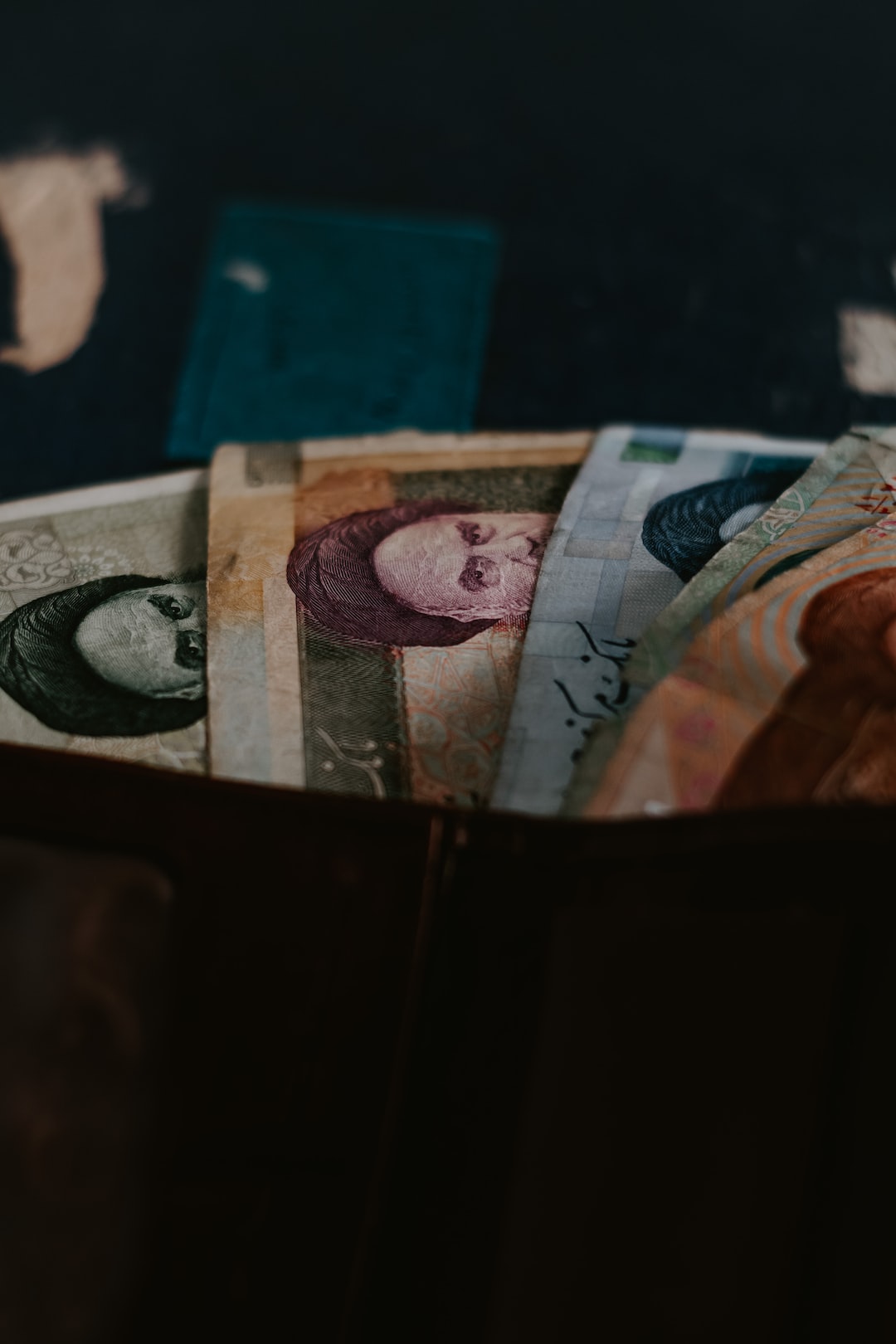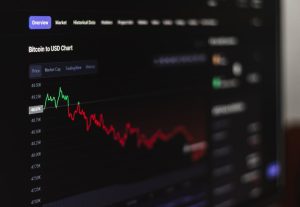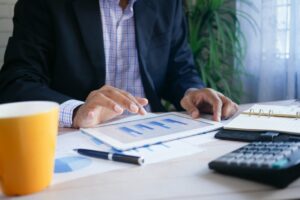The foreign exchange market, also known as Forex, has come a long way since its inception. What started as a manual trading process has now evolved into a highly sophisticated and automated industry. This evolution has transformed the way traders interact with the market, making it more accessible and efficient than ever before.
In the early days of Forex trading, the process was entirely manual. Traders would physically call brokers to place their orders, and transactions were executed over the phone. This manual trading process was time-consuming and often resulted in delays and errors. Traders had to rely on their own judgment and market analysis to make trading decisions, and the execution of trades was dependent on their ability to communicate effectively with brokers.
As technology advanced, so did the Forex industry. The introduction of computerized trading systems in the 1980s marked a significant milestone in the evolution of Forex trading. These systems allowed traders to automate certain aspects of their trading, such as order placement and trade execution. This automation eliminated the need for manual intervention and reduced the risk of human error.
With the advent of the internet in the 1990s, Forex trading underwent another major transformation. Online trading platforms provided traders with direct access to the market, eliminating the need for intermediaries such as brokers. This gave traders more control over their trades and reduced transaction costs. Online trading platforms also offered real-time market data and advanced charting tools, enabling traders to make more informed trading decisions.
The rise of algorithmic trading in the early 2000s further revolutionized the Forex industry. Algorithmic trading, also known as automated trading or algo trading, involves the use of computer programs to execute trades based on predefined rules and algorithms. These algorithms analyze market data and make trading decisions based on predetermined parameters.
Algorithmic trading has several advantages over manual trading. Firstly, it eliminates the emotional and psychological biases that can affect human traders. Algorithms are not influenced by fear or greed and can execute trades based solely on objective data and parameters. This can lead to more disciplined and consistent trading strategies.
Secondly, algorithmic trading allows for faster trade execution. Computers can analyze vast amounts of market data and execute trades within milliseconds, much faster than any human trader could. This speed is crucial in a highly volatile market like Forex, where prices can change rapidly.
Lastly, algorithmic trading enables traders to backtest their strategies. Backtesting involves running historical market data through the algorithm to see how it would have performed in the past. This allows traders to evaluate the profitability and reliability of their strategies before risking real money.
The evolution of Forex trading has also led to the development of automated trading systems and expert advisors. These are software programs that can be installed on trading platforms to automate the entire trading process. Traders can set their desired parameters and let the software execute trades on their behalf. These systems are often based on sophisticated algorithms and artificial intelligence, which can adapt to changing market conditions and optimize trading strategies.
Automated trading systems and expert advisors have become increasingly popular among both retail and institutional traders. They offer convenience, efficiency, and the potential for higher returns. However, it is important to note that automated trading also carries risks. Poorly designed algorithms or incorrect parameter settings can lead to significant losses. Therefore, it is crucial for traders to thoroughly test and optimize their automated trading strategies before deploying them in real market conditions.
In conclusion, the Forex industry has evolved significantly from manual trading to automated trading. Advancements in technology have made the market more accessible and efficient, allowing traders to execute trades faster and with greater precision. Algorithmic trading and automated trading systems have revolutionized the way traders interact with the market, offering convenience and the potential for higher returns. However, it is essential for traders to understand the risks involved and to develop robust and well-tested trading strategies to ensure success in the automated trading era.





